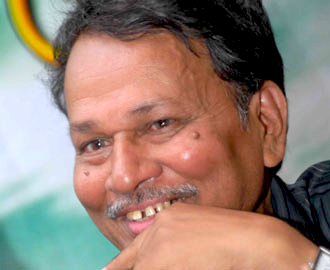New Delhi, Oct 10: The Kannada Sahitya Parishat on Sunday selected 69-year-old writer Baraguru Ramachandrappa to chair its 82nd Akhila BharathaKannada Sahitya Sammelan to be held at Raichur in December.
 The Kannada Sahitya Parishat's state executive committee meeting held here on Sunday selected Ramachandrappa to chair the annual literary conference, Parishat president Manu Baligar told reporters after the meeting.
The Kannada Sahitya Parishat's state executive committee meeting held here on Sunday selected Ramachandrappa to chair the annual literary conference, Parishat president Manu Baligar told reporters after the meeting.
Ramachandrappa, born in Baraguru village in Tumakuru district, had worked as a professor of Kannada at Bangalore University.
He served as president of the Kannada Sahitya Academy and Chairman, Kannada Development Authority. Apart from writing novels, poems, short stories, plays, research works and literary criticism, he has also directed many Kannada films. Several of his movies have won state and national awards.






Comments
Very nice information
Add new comment